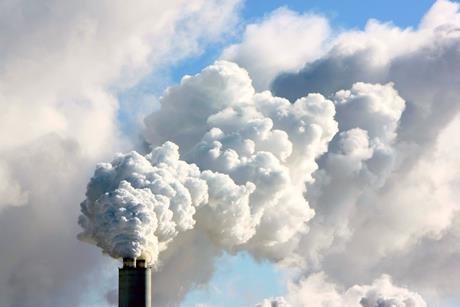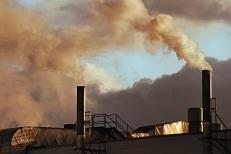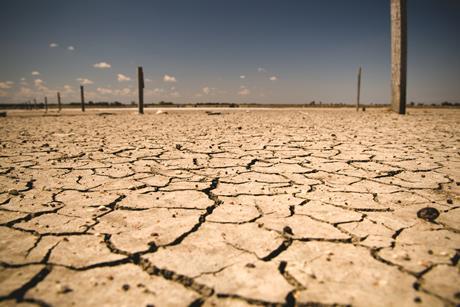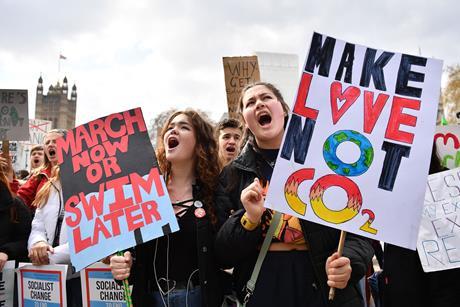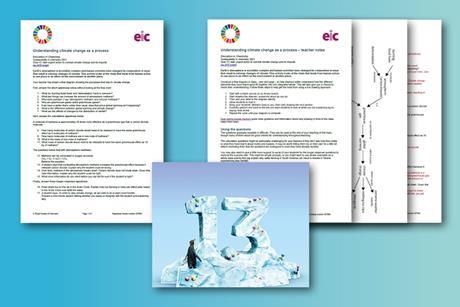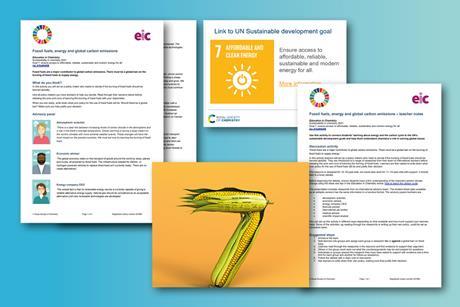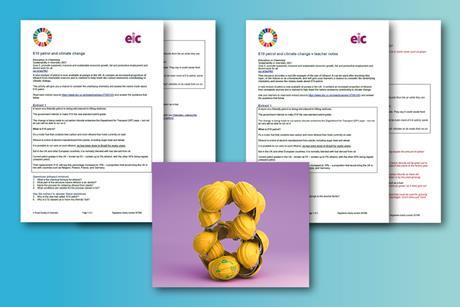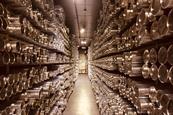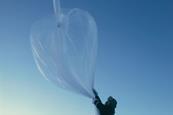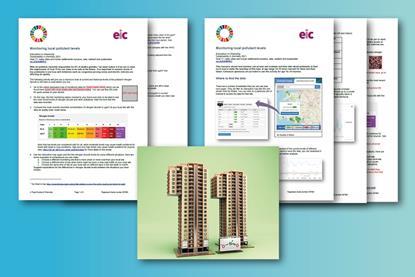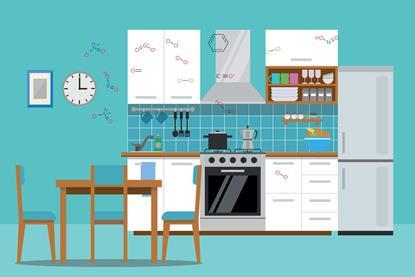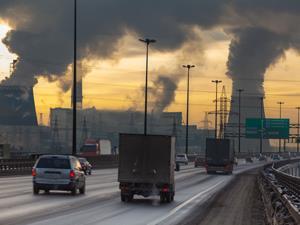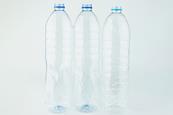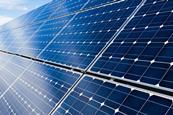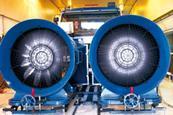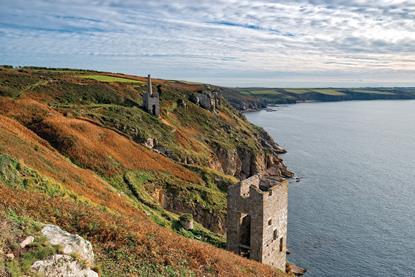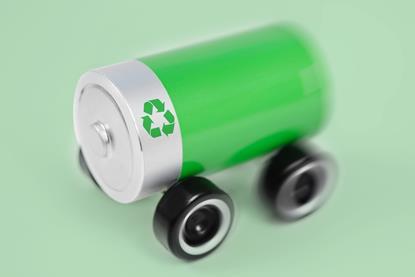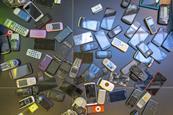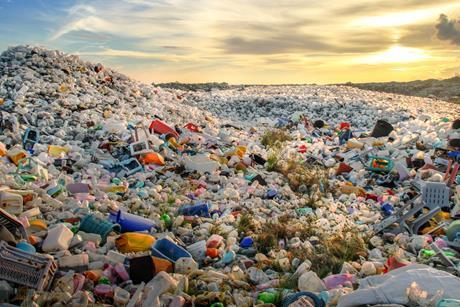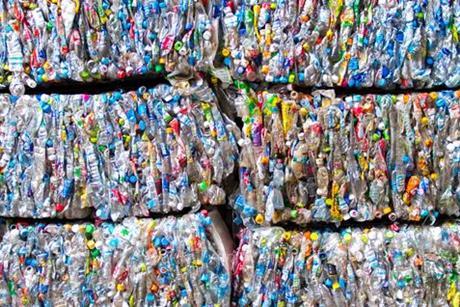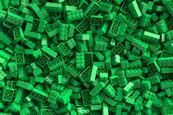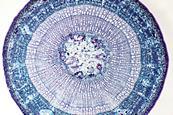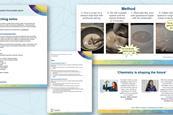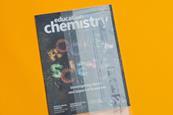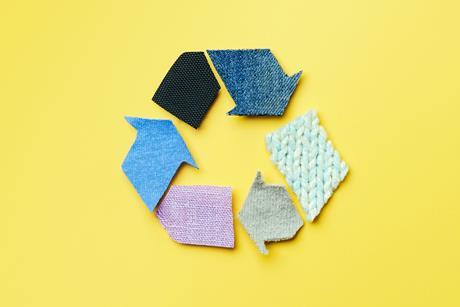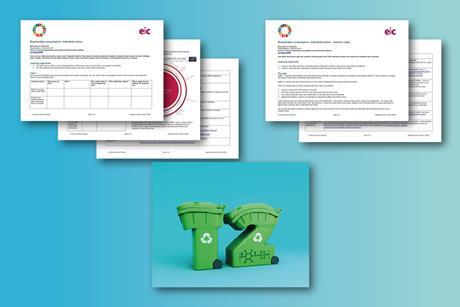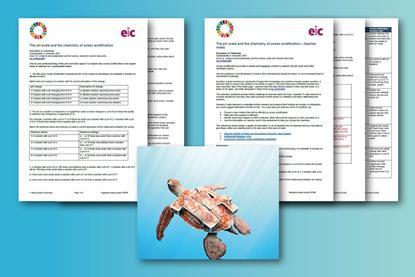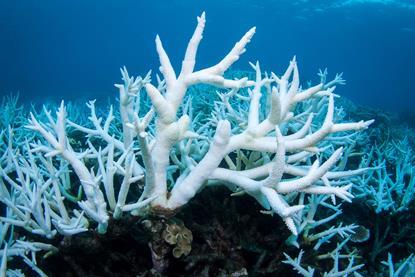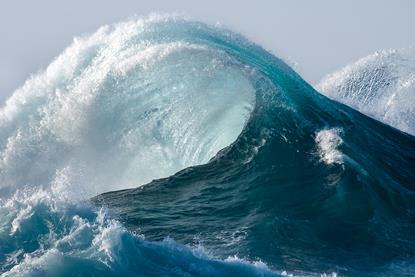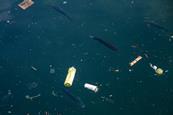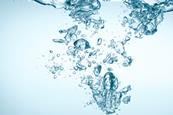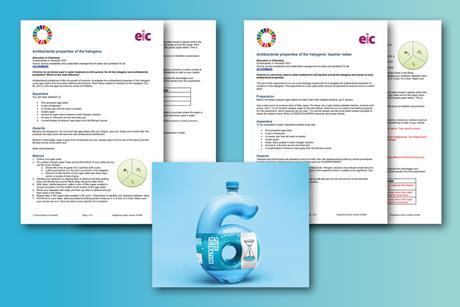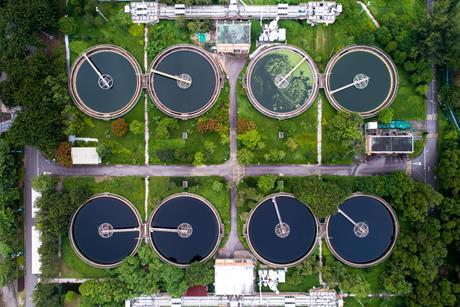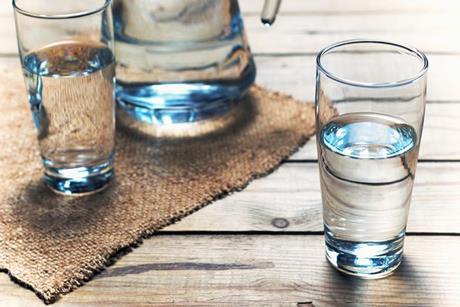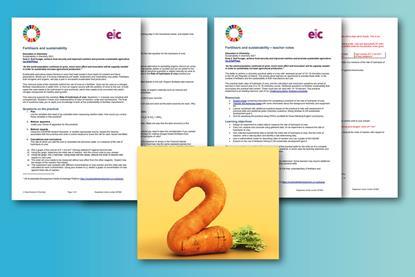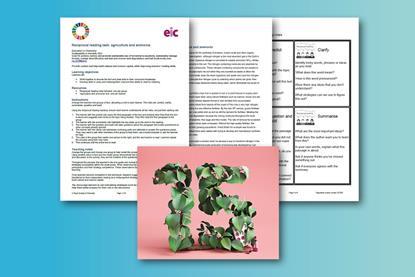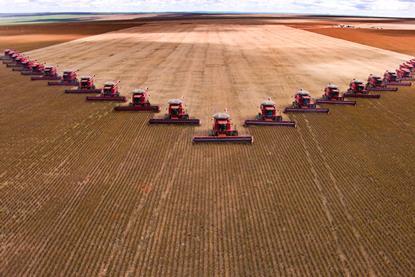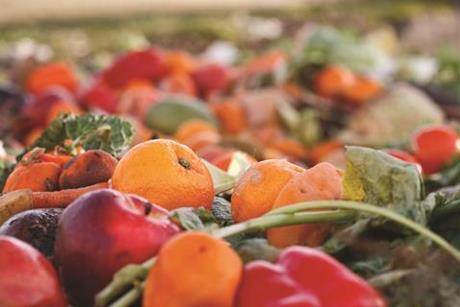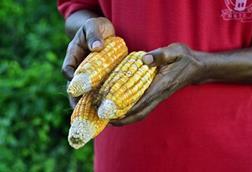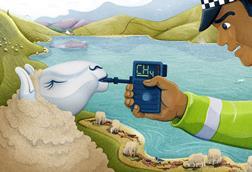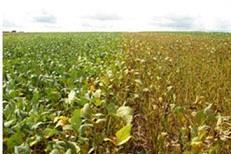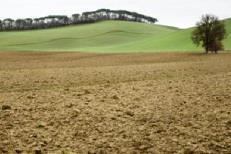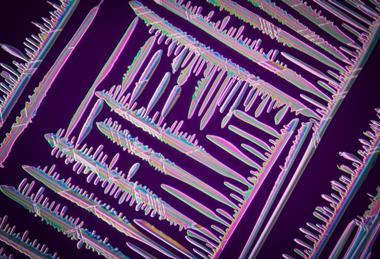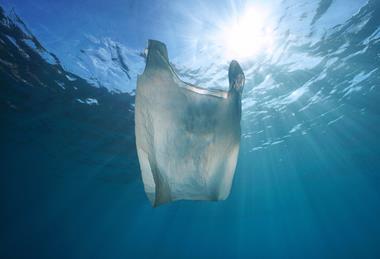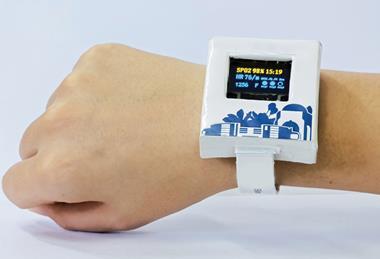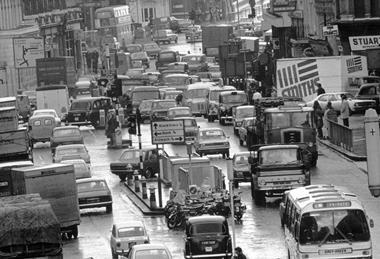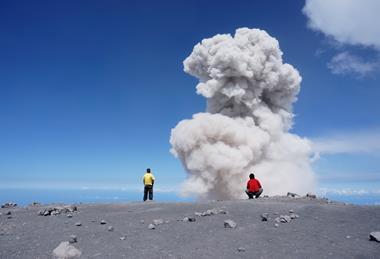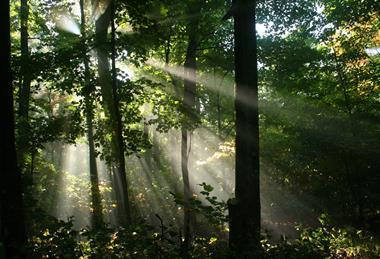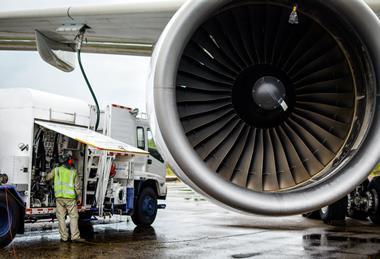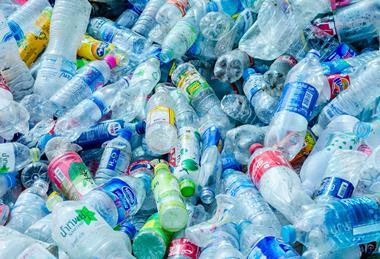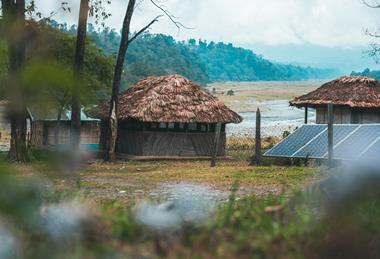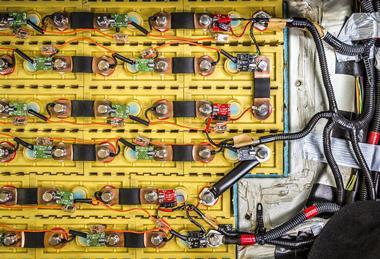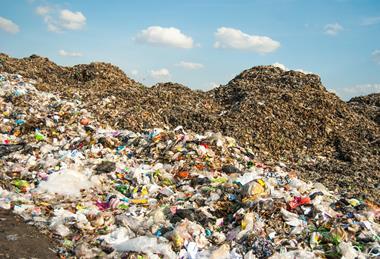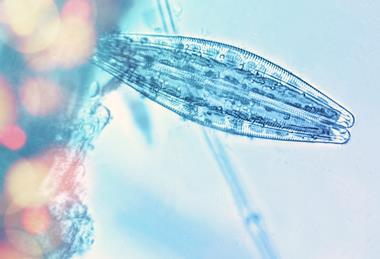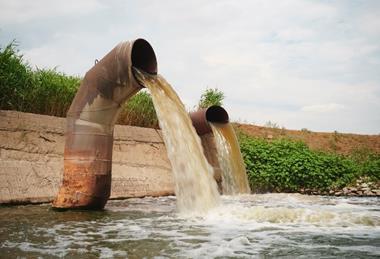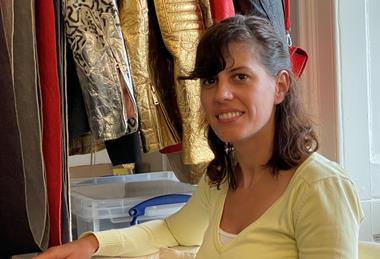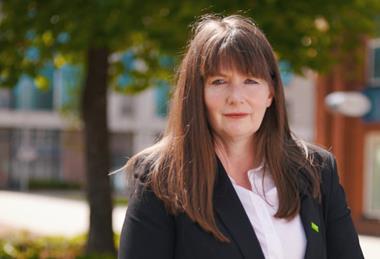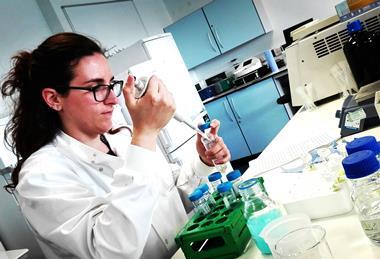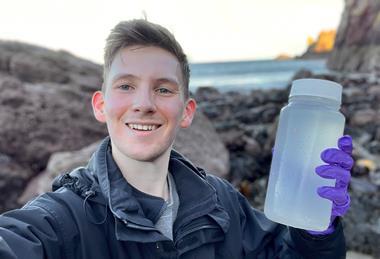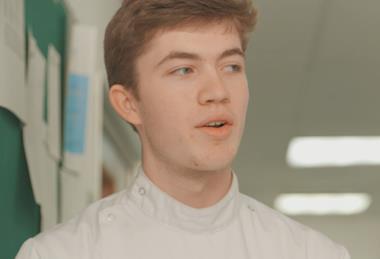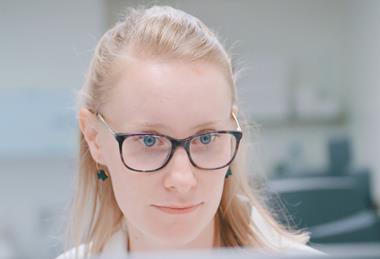- Home
- I am a …
- Resources
- Collections
- Remote teaching support
- Starters for ten
- Screen experiments
- Assessment for learning
- Microscale chemistry
- Faces of chemistry
- Classic chemistry experiments
- Nuffield practical collection
- Anecdotes for chemistry teachers
- Literacy in science teaching
- More …
- Climate change and sustainability
- Alchemy
- On this day in chemistry
- Global experiments
- PhET interactive simulations
- Chemistry vignettes
- Context and problem based learning
- Journal of the month
- Chemistry and art
- Classic chemistry demonstrations
- In search of solutions
- In search of more solutions
- Creative problem-solving in chemistry
- Solar spark
- Chemistry for non-specialists
- Health and safety in higher education
- Analytical chemistry introductions
- Exhibition chemistry
- Introductory maths for higher education
- Commercial skills for chemists
- Kitchen chemistry
- Journals how to guides
- Chemistry in health
- Chemistry in sport
- Chemistry in your cupboard
- Chocolate chemistry
- Adnoddau addysgu cemeg Cymraeg
- The chemistry of fireworks
- Festive chemistry
- Collections
- Education in Chemistry
- Teach Chemistry
- Events
- Teacher PD
- Enrichment
- Our work
- More navigation items
Climate change and sustainability resources
Discover free lesson plans, experiments and activities to explore how chemistry can help us tackle climate change and build a more sustainable future
Get started with 14 ways to teach sustainability in chemistry
Based on the UN's sustainable development goals, our Sustainability in chemistry series brings together tips, ideas and curriculum-linked resources to connect your existing chemistry lessons with sustainability.
Global warming and the greenhouse effect
Develop your students’ understanding of the greenhouse effect, and investigate the chemistry behind efforts to reduce or capture greenhouse gases in the atmosphere.
The greenhouse effect
Demonstration
Modelling the greenhouse effect
Use this demonstration to illustrate the greenhouse effect and the role of carbon dioxide as a greenhouse gas. Includes kit list and safety instructions.
Lesson plan
What causes the greenhouse effect? | 16-18 years
Reinforce your students’ understanding of the cause of the greenhouse effect using this lesson plan with a demonstration and activities for 16–18 year olds.
Resource
Other greenhouse gases
Increasing levels of carbon dioxide in the atmosphere cause a rise in global temperature. This worksheet looks at some data from other greenhouse gases to see if they have the same effect.
The greenhouse effect
Demonstration
Modelling the greenhouse effect
Use this demonstration to illustrate the greenhouse effect and the role of carbon dioxide as a greenhouse gas. Includes kit list and safety instructions.
Lesson plan
What causes the greenhouse effect? | 16-18 years
Reinforce your students’ understanding of the cause of the greenhouse effect using this lesson plan with a demonstration and activities for 16–18 year olds.
Resource
Other greenhouse gases
Increasing levels of carbon dioxide in the atmosphere cause a rise in global temperature. This worksheet looks at some data from other greenhouse gases to see if they have the same effect.
The carbon cycle and sequestration
Resource
Reducing carbon dioxide levels in the atmosphere | 14–16 years
A research and debate activity investigating how scientists are working to reduce carbon dioxide in the atmosphere
CPD article
How to teach the carbon cycle at 11–14
Ensure your students have a firm understanding of the chemistry behind climate change
The carbon cycle and sequestration
Resource
Reducing carbon dioxide levels in the atmosphere | 14–16 years
A research and debate activity investigating how scientists are working to reduce carbon dioxide in the atmosphere
CPD article
How to teach the carbon cycle at 11–14
Ensure your students have a firm understanding of the chemistry behind climate change
Climate change
Understanding climate change as a process | 14–16 years
A flow diagram activity to bring together learning about the greenhouse effect and climate change, with questions to consolidate understanding
Fossil fuels
Resource
Fossil fuels and global carbon emissions | 14–16 years
Classroom activity where learners explore and debate the issues around fossil fuels, energy and global carbon emissions
Resource
E10 petrol and climate change | 14–16 years
Fuel your learners’ understanding about fermentation and bioethanol, and check recall and application of knowledge while developing student literacy
Air pollution and the atmosphere
Find out more about the Earth’s atmosphere and the human and environmental impacts of air pollution in our cities and homes.
Atmospheric change
Frozen in time
What chemical clues locked away in ancient ice tell us about Earth’s history
Radical changes in our atmosphere
Dudley Shallcross and Tim Harrison explain how a breakthrough has allowed us to study Criegee biradicals, and what this could mean for atmospheric science
Air pollution
- Resource
Monitoring local air pollution levels | 14–18 years
Research and evaluate real data showing current and historical levels of the atmospheric pollutant nitrogen dioxide in your local area. Age range 14–16, with extension questions for 16–18
- News
Air pollution: a sinister synergy
New insight into the mechanisms by which nitrogen dioxide and ozone damage the human respiratory tract
Feature
Taking care of the air
How do we control the pollutants we breathe in? This article includes specification links and resources for your classroom.
Air pollution
Resource
Monitoring local air pollution levels | 14–18 years
Research and evaluate real data showing current and historical levels of the atmospheric pollutant nitrogen dioxide in your local area. Age range 14–16, with extension questions for 16–18
News
Air pollution: a sinister synergy
New insight into the mechanisms by which nitrogen dioxide and ozone damage the human respiratory tract
Feature
Taking care of the air
How do we control the pollutants we breathe in? This article includes specification links and resources for your classroom.
Energy and alternative fuels
From hydrogen fuel cells to solar power, use these resources to find out chemistry can help us cut emissions and reduce our dependence on fossil fuels.
Demonstration
A hydrogen powered rocket
Try this spectacular demonstration to make a rocket using a plastic drink bottle fuelled by hydrogen and air. Includes kit list and safety instructions.
Feature
The evolution of catalytic converters
From early smog problems to modern concerns about air pollution, catalysts pave the way in controlling the emissions from combustion engines
Resource
Energy Card Sort
Sort solar energy themed cards into groups and work out the connections between those in the groupsust
Resource
The Solar Spark - solar energy resources
Browse this resource collection from The Solar Spark (University of Edinburgh) for worksheets, videos, experiments and more that explore the potential for solar energy.
Demonstration
A hydrogen powered rocket
Try this spectacular demonstration to make a rocket using a plastic drink bottle fuelled by hydrogen and air. Includes kit list and safety instructions.
Feature
The evolution of catalytic converters
From early smog problems to modern concerns about air pollution, catalysts pave the way in controlling the emissions from combustion engines
Resource
Energy Card Sort
Sort solar energy themed cards into groups and work out the connections between those in the groupsust
Resource
The Solar Spark - solar energy resources
Browse this resource collection from The Solar Spark (University of Edinburgh) for worksheets, videos, experiments and more that explore the potential for solar energy.
Batteries and their impacts
Batteries are essential to the devices we depend on every day. They’re also key to new green technologies, including solar power and electric vehicles. But how do they work? And what impact do they have on the environment?
- Feature
Your place or mine? The local business of lithium mining
Lithium-ion batteries will power the next generation of electric cars, but how can we mine lithium with minimal impact on the environment?
- Resource
Lithium: separation, mining and battery power | 11–14 years
Test your 11–14 students’ knowledge of separation techniques; elements, mixtures and compounds; periodic table trends
Rechargeable batteries
Resource
Recharge your batteries | 14–16 years
Find out how lithium-ion batteries work, and the issues surrounding their manufacture and disposal
Class experiment
Rechargeable cells: the lead–acid accumulator
Use this practical to demonstrate the chemistry behind rechargeable batteries, using a lead–acid accumulator cell. Includes kit list and safety instructions.
Sustainable production and consumption
Add context to your teaching of life cycle assessments and polymers by exploring the science of recycling and how chemical scientists are creating more sustainable materials.
Plastic waste and recycling
Feature
Single-use plastic in period products
Forget bags and straws. Disposable period products are a much great contributor to the amount of plastic littering our environment
The Mole
Recycling plastic bottles
Recycling plastic bottles prevents the plastic from going to landfill, saves energy and reduces our dependency on oil. But what do we have to do to put the bottle back on the supermarket shelf?
Sustainable plastics and other materials
Feature
Brick by brick
From green LEGO bricks to compostable shoes, Fiona Case investigates how Lego and Reebok are making biomaterials mainstream
Feature
Making materials from biomass
Biomass is regularly used as fuel, but have we been overlooking this sustainable resource as a source of chemical building blocks?
Resource
Plant-based plastics | 11–14 years
Put chemistry into context and encourage your 11–14 students to use their critical thinking skills with these classroom activities
Class experiment
Making plastic from potato starch
Explore bioplastics with an experiment making plastic using potato starch. Lab and non-lab versions available
Sustainable plastics and other materials
Feature
Brick by brick
From green LEGO bricks to compostable shoes, Fiona Case investigates how Lego and Reebok are making biomaterials mainstream
Feature
Making materials from biomass
Biomass is regularly used as fuel, but have we been overlooking this sustainable resource as a source of chemical building blocks?
Resource
Plant-based plastics | 11–14 years
Put chemistry into context and encourage your 11–14 students to use their critical thinking skills with these classroom activities
Class experiment
Making plastic from potato starch
Explore bioplastics with an experiment making plastic using potato starch. Lab and non-lab versions available
The environmental impact of fashion
Resource
Assessing the life cycle of fashion | 14–16 years
Examine the environmental impact of our clothing with these resources
Sustainable industry
Resource
Catalysts and reaction conditions for sustainable industry | 16–18 years
Research and presentation activity based on catalysts and reaction conditions in the context of sustainable industry
Reflect on your own consumption
Sustainable consumption: individual action | 14–16 years
A research and reflect activity to get your learners thinking about the materials they consume and the impact of individual actions
Protecting our oceans
From microplastics to acidification due to carbon dioxide emissions – our oceans are under pressure. But chemical scientists are at the forefront of work to reduce and repair the damage. Find out more about the problems facing marine environments and investigate acidification hands-on.
- Resource
The pH scale and the chemistry of ocean acidification | 14–16 years
Worksheet to develop understanding of the pH scale and apply it in the context of ocean acidification. Extension questions provide more challenge on carbonic acid and acid base equilibrium, leading to a research task on the consequences for marine organisms
- Feature
The other carbon dioxide problem
Carbon dioxide produced by human activity is acidifying the ocean at an unprecedented and alarming rate
- Resource
Chemistry of the oceans | 14–16 years
A booklet aimed at students aged between 14 and 16 years. The text is supported by questions, tables of data and diagrams.
Feature
The massive problem of microplastics
As plastics fill up and pollute our oceans, recognising their value rather than thinking of them as disposable could help us deal with what has turned into a large, global problem
Class experiment
The reaction of carbon dioxide with water
Form a weak acid from the reaction of carbon dioxide with water in this class practical. Includes kit list and safety instructions.
Feature
The massive problem of microplastics
As plastics fill up and pollute our oceans, recognising their value rather than thinking of them as disposable could help us deal with what has turned into a large, global problem
Class experiment
The reaction of carbon dioxide with water
Form a weak acid from the reaction of carbon dioxide with water in this class practical. Includes kit list and safety instructions.
Clean, sustainable water
Find out how we can use chemistry to improve access to potable water and learn about desalination, separation techniques, water analysis and the water cycle.
Water analysis
Class experiment
Separating salts from seawater
Try this simple practical to show that seawater contains a mixture of different salts. Includes kit list and safety instructions.
Class experiment
Dissolved substances in tap water and seawater
Compare the solids and gases dissolved in tap water and seawater in this class practical and demonstration
Water treatment and purification
Antibacterial properties of the halogens | 14–18 years
Water purification – practical videos | 14–16 students
Advances in water treatment
Water for life
- Previous
- Next
The water cycle
Resource
The life of water
Get hands on with H2O, changing states of matter and the water cycle. These experiments and investigations involve water in the context of space
Food, farming and nutrition
Sustainable agriculture means providing enough nutritious food for everyone while protecting our climate and environment. Find out how chemical scientists are helping to develop new approaches to farming, fertilisers and reducing food waste.
Fertilisers
- Resource
Fertilisers and sustainability | 16–18 years
Investigate the rate of hydrolysis of urea and assess your learners’ practical skills, includes extension green chemistry questions on sustainable fertilisers
- Resource
Reciprocal reading task: agriculture and ammonia | 14–16 years
Provide context and help build cultural and science capital, while improving learners’ reading skills
- News
Mild method turns common mineral into fertiliser
Process could cut transportation costs and save farmers money
Reducing food waste
The Mole
Waste not, want not
Elinor Hughes investigates some of the latest developments in recycling food waste
Sustainable agriculture and food security
- Previous
- Next
Additional resources
Lesson starters from science research news
- Previous
- Next
Add meaningful context to your lesson and inspire your students using these short summaries of current scientific research linked to curriculum topics, featuring quick questions to get students talking about chemical ideas.
Job profiles
- Previous
- Next
From monitoring the chemistry of our oceans to developing new, biodegradable plastics, chemical scientists are working to reduce our impact on the environment and make change possible.
Explore the job profiles below or visit A Future in Chemistry to find out more.













